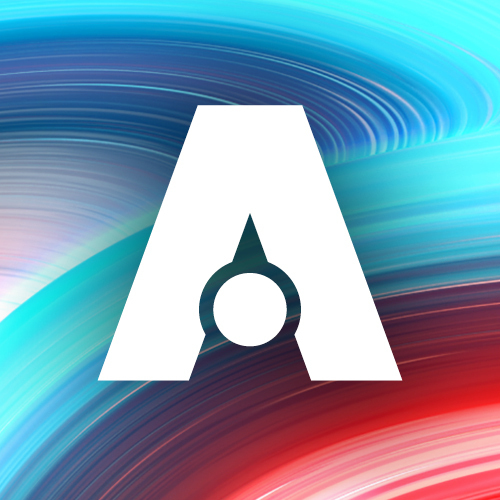Cart
🟢 VOL 2 is LIVE now! > 🔥 VOL 1 sold out! Revive all the good memories with those epic games! >> NFT ZenDrop 🔕 No notifications, no noise 🐦 No social media missions 💬 No discord channel ❤️ No financial appeal (emotional appeal) 💰 Honest prices 🤝 Transparency ⛽️ No gas fees (Solana) 🛣 Experiences for NFT holders 💎 For real collectors and fans 📢 Follow us for more news + roadmap NFT collector routine is crazy (right?) - being aware of all projects, drops, do own research, keep track of dozens of Discord channels and notifications, deal with bots and scams, you know the drill... We want to avoid that, we don't want to be one more reason for your FOMO or your NFT anxiety.
667Views
Developer
Sega
Publisher
Sega
Year
1986
Out Run[a] (also stylized as OutRun) is an arcade driving video game released by Sega in September 1986. It is known for its pioneering hardware and graphics, nonlinear gameplay, a selectable soundtrack with music composed by Hiroshi Kawaguchi, and the hydraulic motion simulator deluxe arcade cabinet. The goal is to avoid traffic and reach one of five destinations.
Out Run is a 3D driving video game in which the player controls a Ferrari Testarossa Spider from a third-person rear perspective. The camera is placed near the ground, simulating a Ferrari driver's position and limiting the player's view into the distance. The road curves, crests, and dips, which increases the challenge by obscuring upcoming obstacles such as traffic that the player must avoid. The object of the game is to reach the finish line against a timer. The game world is divided into multiple stages that each end in a checkpoint, and reaching the end of a stage provides more time. Near the end of each stage, the track forks to give the player a choice of routes leading to five final destinations. The destinations represent different difficulty levels and each conclude with their own ending scene, among them the Ferrari breaking down or being presented a trophy.
A small team of four programmers, a sound creator, and five graphic designers developed Out Run. Suzuki had to use only personnel that were available and not assigned to other projects at the time. As a result, Suzuki did most of the programming and planning himself, spending extra hours at the studio to complete development of the game within ten months. Suzuki believed that the most difficult part of developing the game was to make it as fun as possible, which he achieved by emphasizing the design elements of wide roads, buildings, and a radio with soundtrack selection.
collectibles
card
Out Run
License: PersPub/NonComm
 80
80History
Bids
Royalties on secondary sales: 10 %
Listed by: 4jYy...RKPs
Mint address: Foah...nyeT
NFT metadata: View on SolScan
More from this collection
